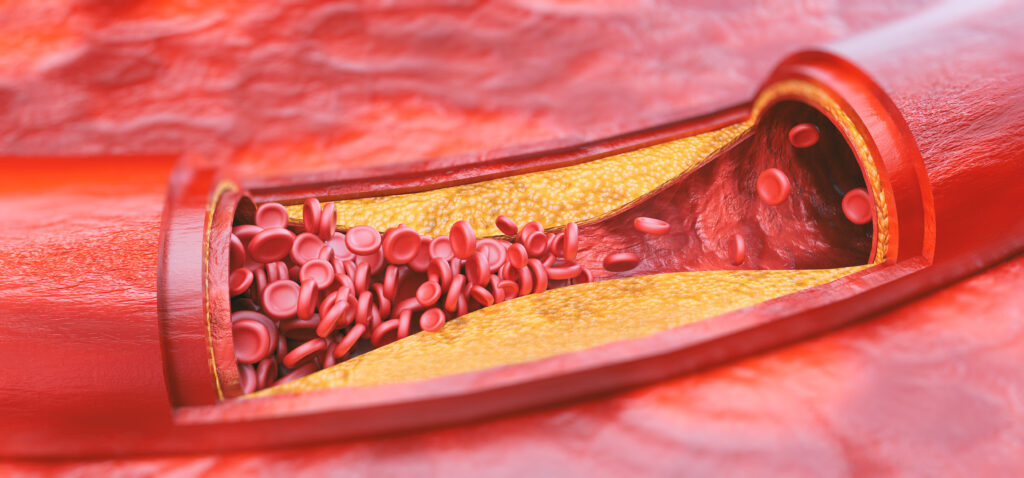Different Types of Atherectomy Devices
What is Atherectomy
Atherectomy devices are used in the diagnosis process of atherosclerosis. Atherosclerosis is a peripheral artery disease in which plaque gets deposited in the arteries and restricts the blood flow of the body. If this unwanted fat deposit, known as plaque, is not removed in time, it can cause a blockage that can turn life-threatening.
Atherectomy is the process by which the plaque is cut from the walls of the arteries and the arteries are widened. A catheter is inserted through the groin which has a blade attached to it which cuts the plaque and the residue is collected in a bag that is later removed from the catheter. There are different types of devices that can be used in this process depending on the extent of the patient problem as well as the preference of the doctor.

Types of Atherectomy Devices
The different types of devices used in the process of Atherectomy are: –
- Rotational Atherectomy:- In this procedure, a rotablator catheter is used which consists of a spring coil shaft with a burr at the tip. The burr is oval-shaped and covered with diamond crystals. This burr along with a shaft that is encased in a plastic sheath is connected to an advancer that is hand controlled so that the burr can be moved too and from to cut through the plaque. The burr comes in different sizes and as per the doctor judgment it is used. The whole device is controlled by a rotablator console by which the speed of burr rotation can be controlled. This console can be powered by either nitrogen or compressed air. Rotational atherectomy technique is particularly advocated for heavily calcified, inelastic, and eccentric coronary lesions.
- Directional Atherectomy:- In this procedure, a catheter is attached with a metal cylinder which has a coaxial rotating cub shaped blade at its distal end. This blade rotates in one direction and shaves the plaque. The shavings are collected in the nose cone of the catheter and removed out of the body. This needs to be done multiple times as then only the plaque can be shaved. This procedure is best suited for bifurcation lesions, ostial stenoses, or in-stent restenosis.
- Orbital Atherectomy:- In this procedure, a device is used which utilizes an orbiting eccentric diamond-coated crown on the end of a drive shaft in an off-center wire channel powered by a pneumatic drive console. This results in rotation which causes a wider orbital path which leads to continuous blood flow. This procedure requires a single insertion, with plaque getting collected at the nose cone of the catheter as the crown is advanced back and forth through the lesion. The atherectomy catheter is more advanced than the catheter used in directional atherectomy.
- Laser Atherectomy:- Now a days, the most common procedure for treating peripheral artery disease, also known as PAD, is laser atherectomy. In this procedure, a catheter is used which emits high energy light also known as laser to vaporize the blockage of fat. In this procedure, continuous saline infusion is used to provide a shield against damaging red blood cells. This procedure is more faster, efficient, and precise. This procedure is being used a lot since it is a minimally evasive than mechanical methods.
These are the procedures that are being used to treat atherosclerosis and peripheral artery disease. The procedure that will be used depends on the patients’ condition and the cardiologist.
